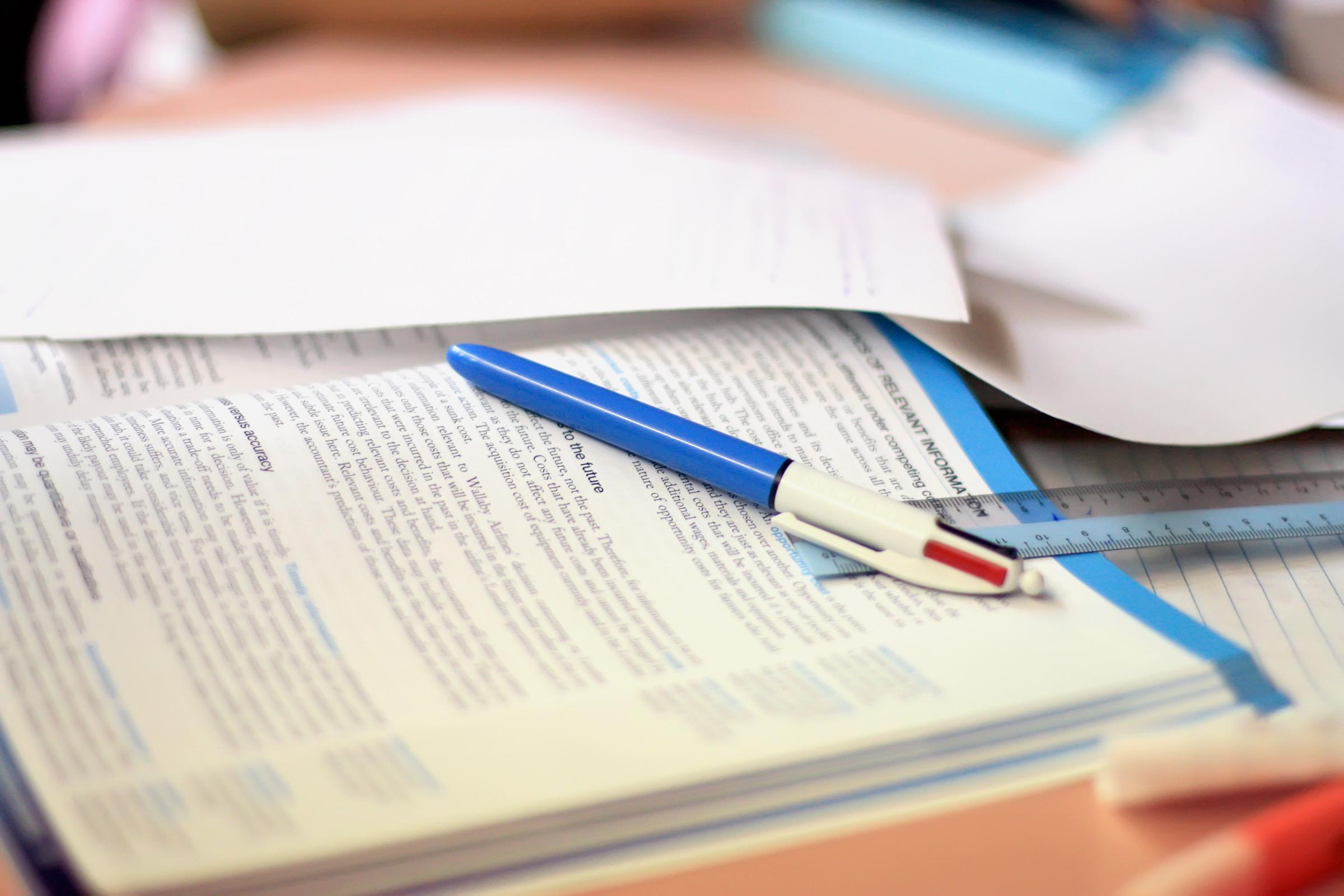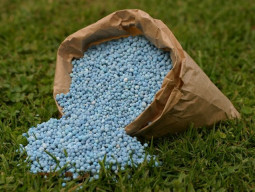
In the fiscal year 2015-16, Punjab government allocated Rs310.2 billion for the education sector in the province and this year, the government allocated a total of Rs391 billion for said sector.
However, this figure, according to educationists, was an allocation that accounted for only 2 per cent of the gross domestic product (GDP).
Educationists and teachers unions say that this was the government’s overall failure to give priority to education.
Spending around 4% of the total GDP for education sector in the province was still a distant goal as this year's education budget was, once again, not sufficient to satisfy stakeholders of said sector including educationists and teachers unions.
In the 2020-21 annual budget, the Rs391 billion outlay was set aside for education sector which included school education, higher education, special education, technical education, secondary education and literacy.
The budget this year saw an increase as compared to last year, however, keeping the inflation rate into account, issues in education sector, increasing number of students and teachers, development projects and academic activities, over the last one year, this budget was not according to the expectations.
In the 2015-16 annual budget, a total of Rs310.2 billion was announced for the education sector, Rs312.8 billion was given to education sector in 2016-17 budget, Rs335.9 billion was allocated for education in 2017-18 annual budget, Rs373 billion was set aside for education in 2018-19 budget whereas, last year, Rs383 billion was earmarked for education in the 2019-20 annual budget.
This year, the total outlay, including development and non-development budget, was set at Rs391 billion.
Similar to the education sector as a whole, Punjab School Education Department had also seen an increase in its outlay of around Rs106 billion over the last five years. The provincial school education department, which is the largest department of the province’s education sector, got Rs244 billion in the 2015-16 annual budget.
In financial year 2016-17, the school education department got Rs302.35 billion whereas in financial year 2017-18, it got Rs297.7 billion.
In the annual budget 2018-19, the school education department was allocated Rs332.5 billion whereas, last year, it got Rs336.6 billion. This year, in fiscal year 2020-21, the school education department received Rs350.1 billion with an annual increase of around Rs14 billion.
However, stakeholders in the education sector were disappointed and expressed their concerns over this year's budget.
Punjab Teachers Union Secretary Rana Liaquat told The Express Tribune that technically, Rs8 billion was increased in the non-development budget for education sector but a Rs12 billion cut, as compared to last year, was done by the provincial government in the school education budget. “Employees and students were sidelined in this budget and, for the first time in history, teachers’ salaries were not increased, which was disappointing.”
Among this budget of Rs391 billion, around Rs357 billion will go for salaries and existing projects while the remaining Rs34.55 billion, which was 9% of the total allocated budget, will be spent for development in fiscal year 2020-21, he added. “Last year, our development budget was Rs46.9 billion and this year, technically Rs8 billion was increased but in reality, Rs12 million was cut this year in our budget.”
He further said, “In the last five years, we were given only 2% of the total GDP but, according to the UN, we had to spend 4% of the total GDP on education sector.”
Published in The Express Tribune, June 23rd, 2020.

1725030039-0/Untitled-design-(2)1725030039-0-165x106.webp)





1732012115-0/Untitled-design-(14)1732012115-0-270x192.webp)









COMMENTS
Comments are moderated and generally will be posted if they are on-topic and not abusive.
For more information, please see our Comments FAQ